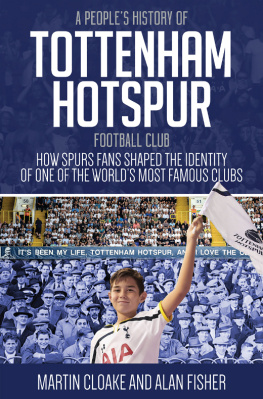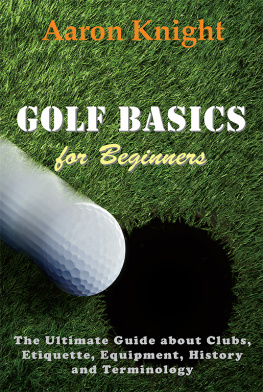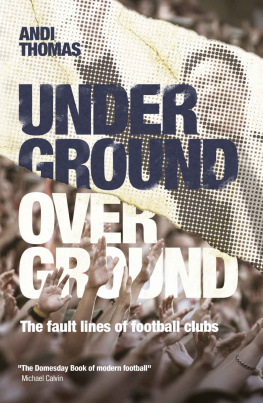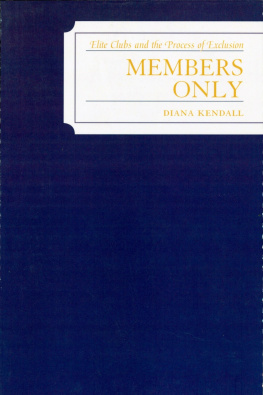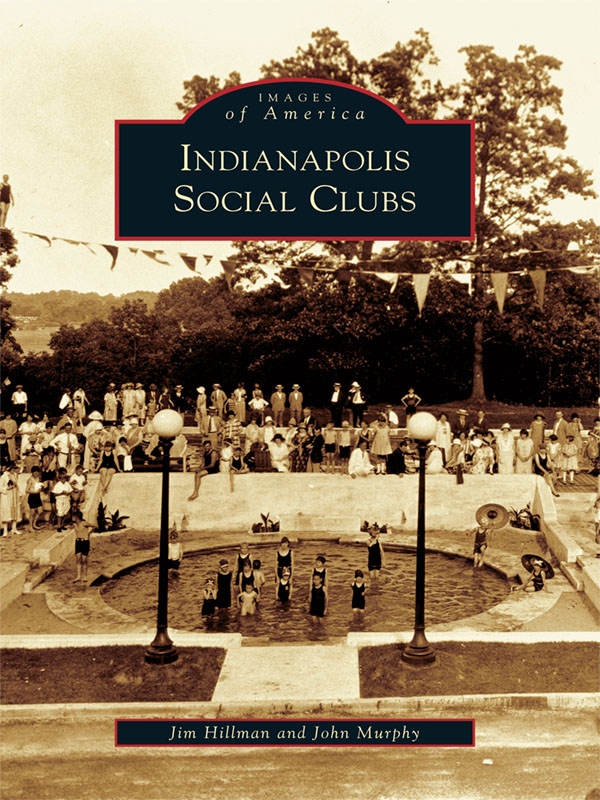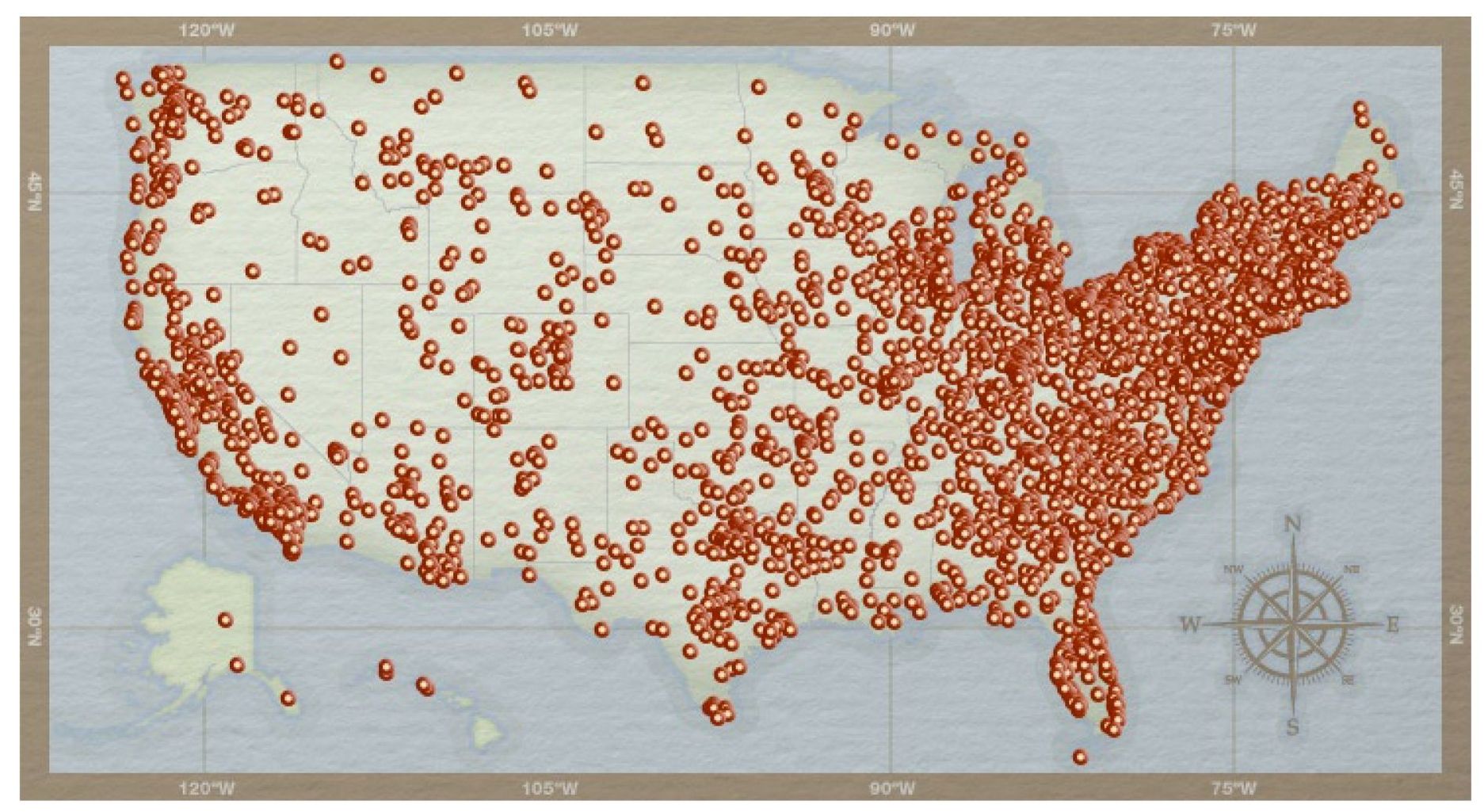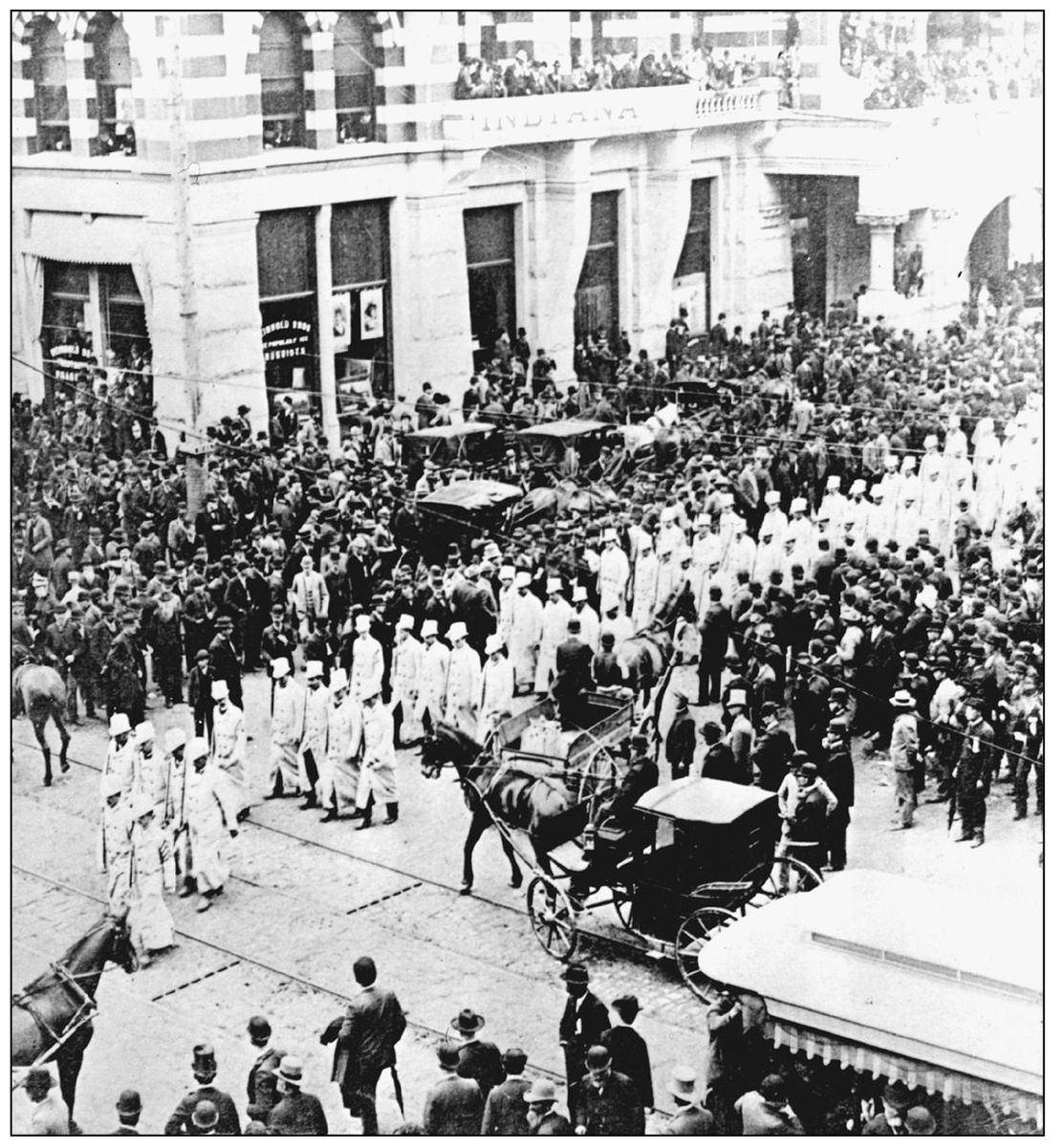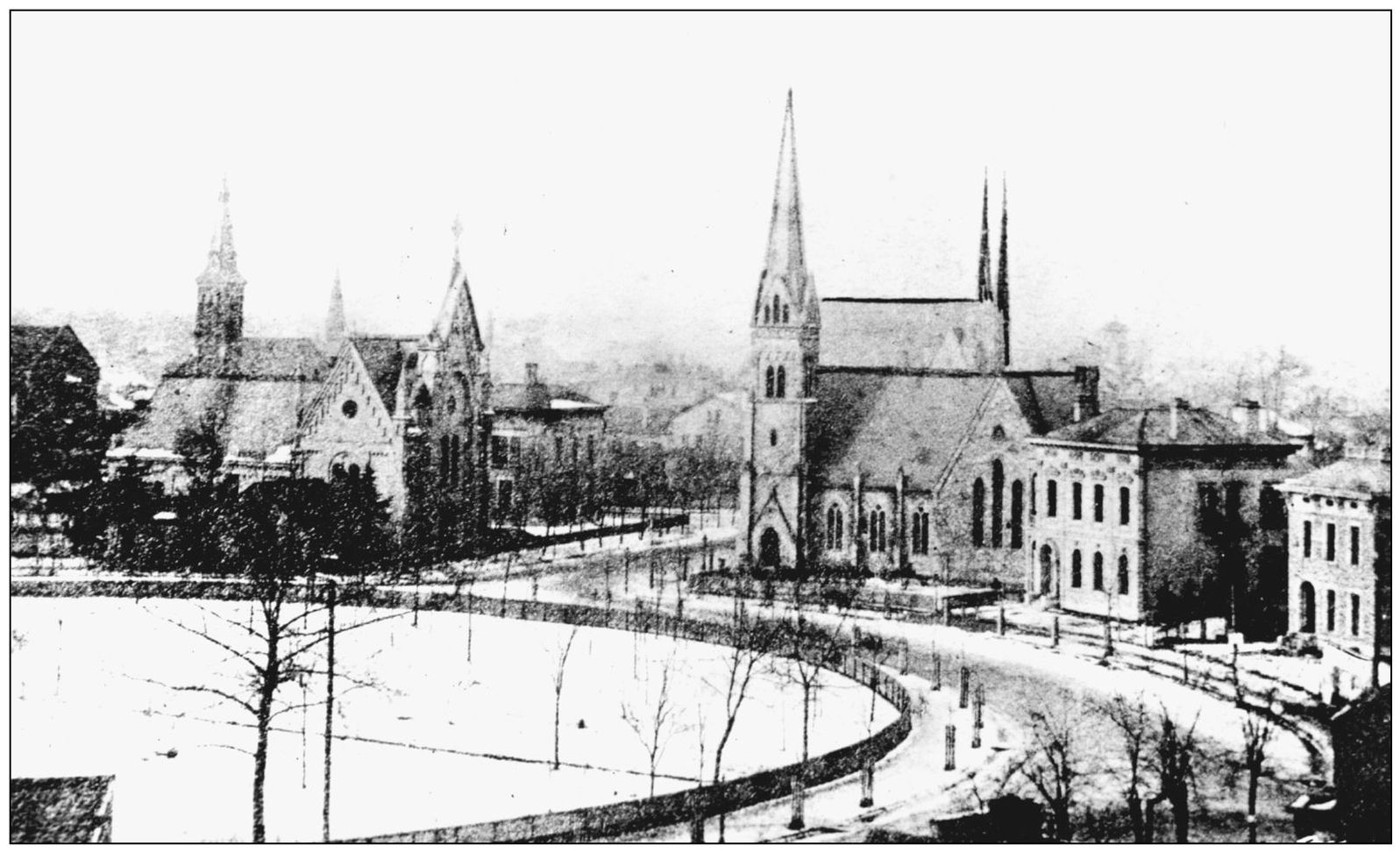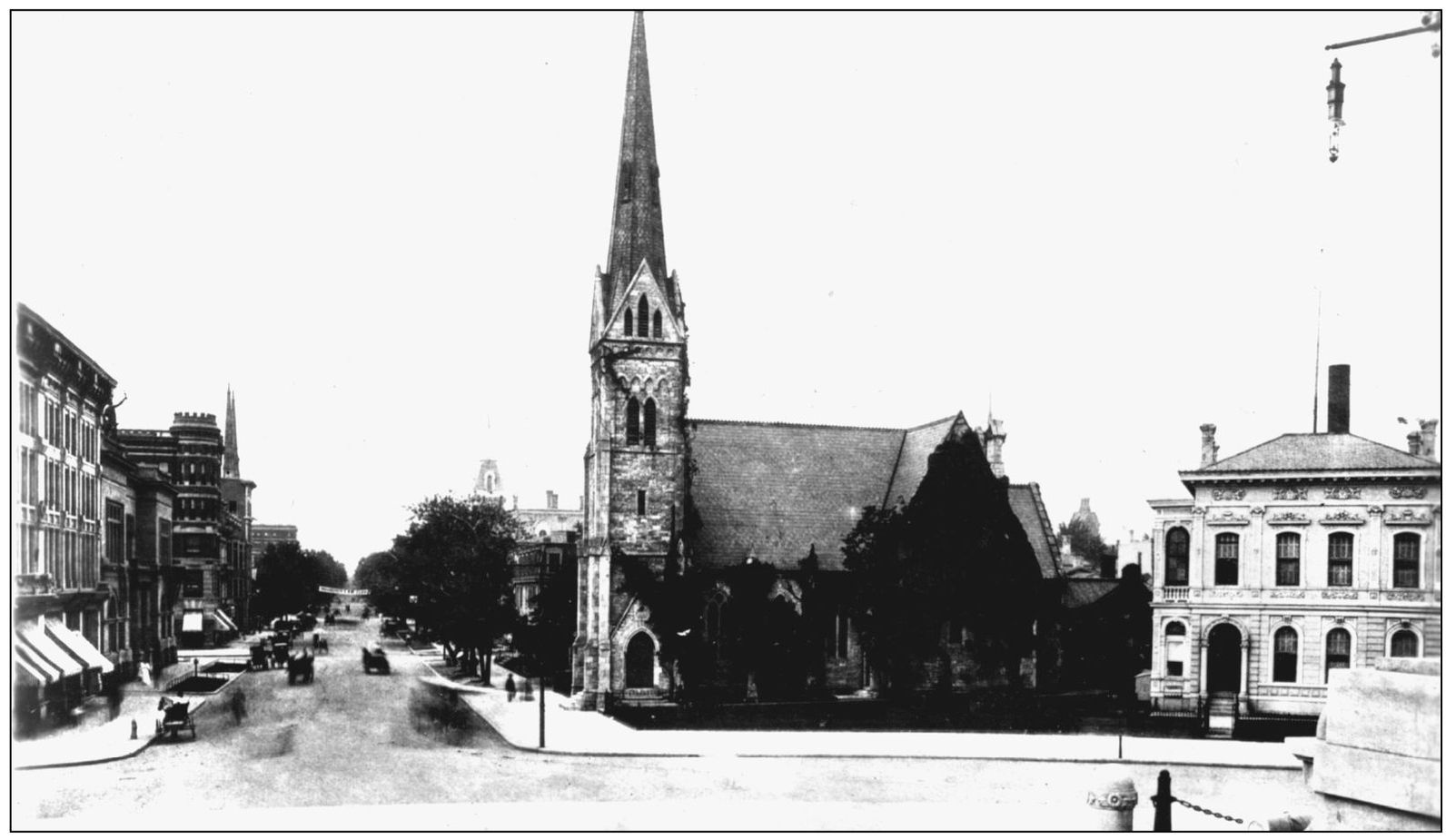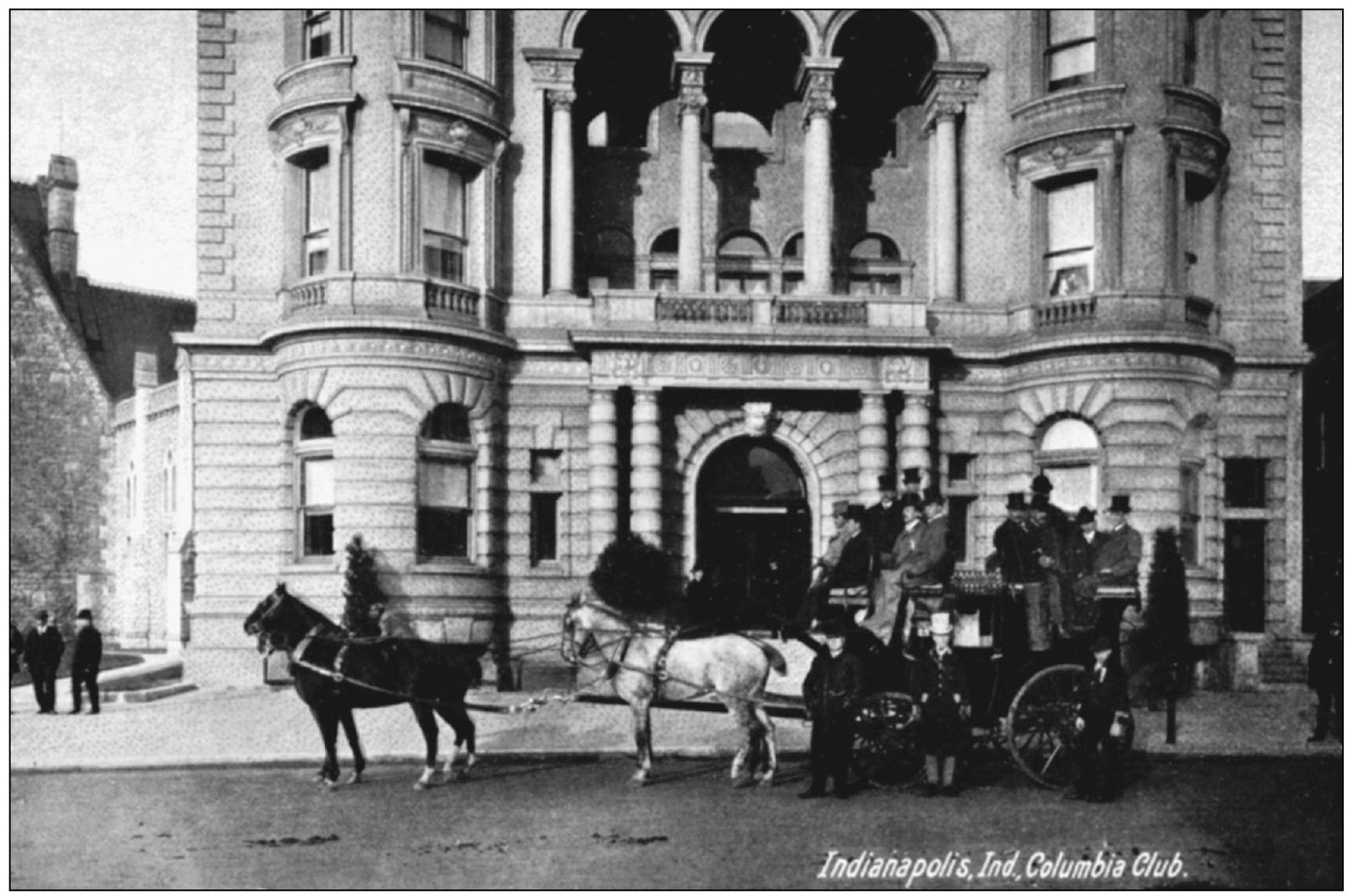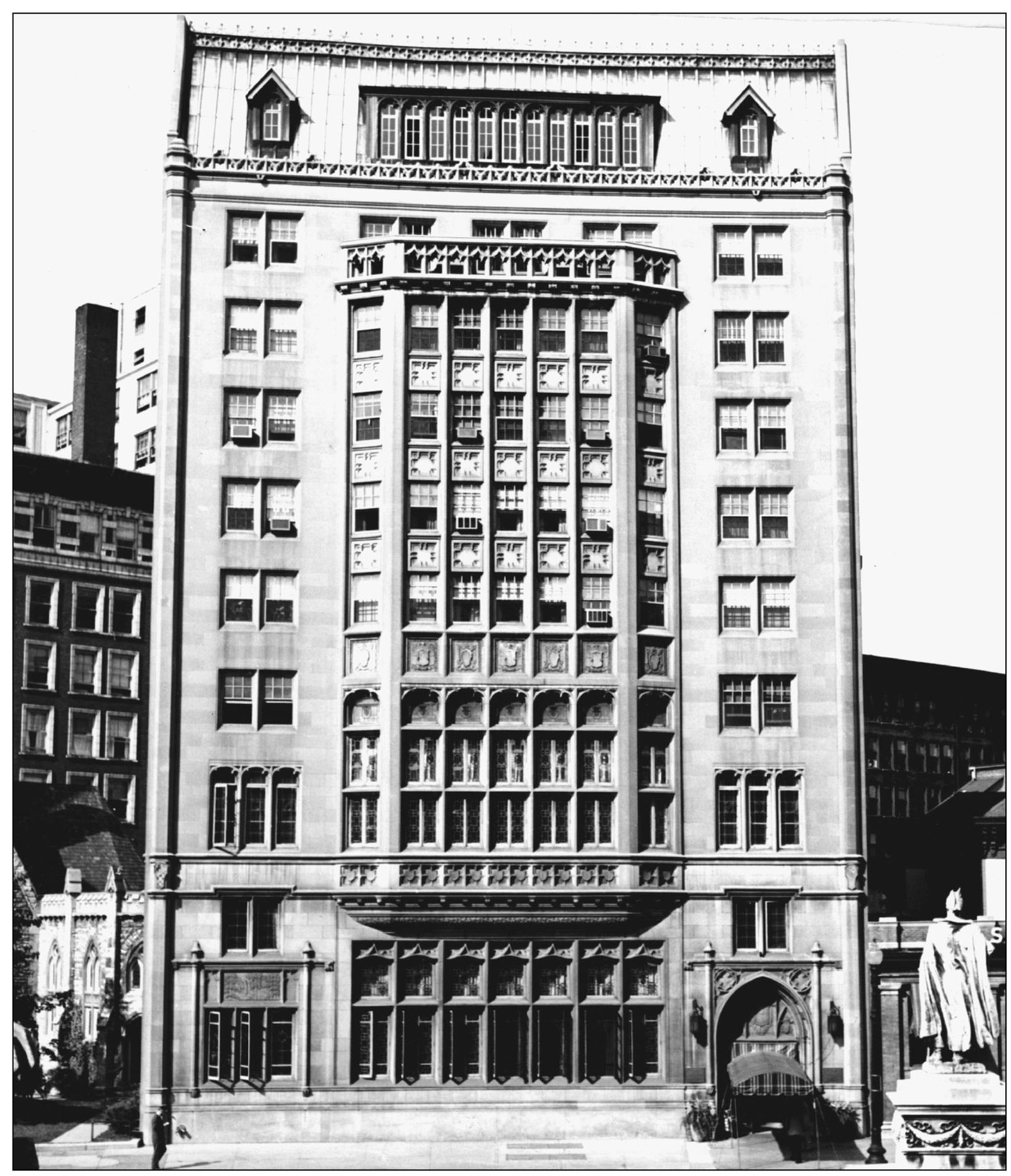Jim Hillman - Indianapolis Social Clubs
Here you can read online Jim Hillman - Indianapolis Social Clubs full text of the book (entire story) in english for free. Download pdf and epub, get meaning, cover and reviews about this ebook. year: 2009, publisher: Arcadia Publishing Inc., genre: Politics. Description of the work, (preface) as well as reviews are available. Best literature library LitArk.com created for fans of good reading and offers a wide selection of genres:
Romance novel
Science fiction
Adventure
Detective
Science
History
Home and family
Prose
Art
Politics
Computer
Non-fiction
Religion
Business
Children
Humor
Choose a favorite category and find really read worthwhile books. Enjoy immersion in the world of imagination, feel the emotions of the characters or learn something new for yourself, make an fascinating discovery.
- Book:Indianapolis Social Clubs
- Author:
- Publisher:Arcadia Publishing Inc.
- Genre:
- Year:2009
- Rating:5 / 5
- Favourites:Add to favourites
- Your mark:
Indianapolis Social Clubs: summary, description and annotation
We offer to read an annotation, description, summary or preface (depends on what the author of the book "Indianapolis Social Clubs" wrote himself). If you haven't found the necessary information about the book — write in the comments, we will try to find it.
Indianapolis Social Clubs provides nearly 200 rare vintage photographic memories that capture the heart, soul, and history of the clubs.
More than banquet halls, golf courses, and swimming pools, social clubs were a haven for businessmen, politicians, and community leaders, offering respite from public scrutiny.
Defining Indianapolis, the clubs were stoic agents of power and segregation, providing clear historical snapshots of Hoosier pomp and circumstance. The clubs did more than produce Olympic swimmers, world-class golfers, and tennis professionals; they were Indianapoliss multigenerational playgrounds. There were the politics and business dealings at the Columbia Club and the Indianapolis Athletic Club, the golfing, tennis, and formality of Woodstock, Meridian Hills, and other country clubs, and the family fun in the sun at Riviera, Devon, and Olympia. These organizations offered more than magical summers with family and friends; they were the places to be seen
Jim Hillman: author's other books
Who wrote Indianapolis Social Clubs? Find out the surname, the name of the author of the book and a list of all author's works by series.



